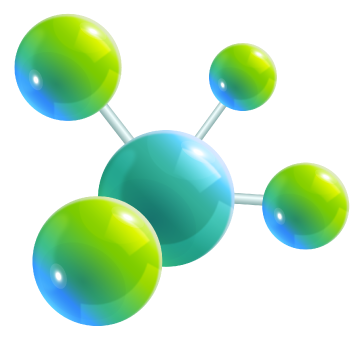
Water Testing Laboratory in Dubai
Water analysis is a crucial process that involves testing and evaluating the quality of water for various purposes, including drinking, industrial use, and environmental purposes. It assesses the physical, chemical, and biological properties of water to ensure its safety and suitability for consumption or specific applications. Key parameters examined during water analysis include pH levels, Total Dissolved Solids, dissolved oxygen, turbidity, hardness etc., and the presence of contaminants like heavy metals, bacteria, and chemical parameters such as TSS, anions and free chlorine.
For drinking water, the primary goal is to ensure it is free from harmful pathogens and toxic substances that could pose health risks. Industrial water analysis, on the other hand, focuses
Water analysis is a crucial process that involves testing and evaluating the quality of water for various purposes, including drinking, industrial use, and environmental purposes. It assesses the physical, chemical, and biological properties of water to ensure its safety and suitability for consumption or specific applications. Key parameters examined during water analysis include pH levels, Total Dissolved Solids, dissolved oxygen, turbidity, hardness etc., and the presence of contaminants like heavy metals, bacteria, and chemical parameters such as TSS, anions and free chlorine.
For drinking water, the primary goal is to ensure it is free from harmful pathogens and toxic substances that could pose health risks. Industrial water analysis, on the other hand, focuses
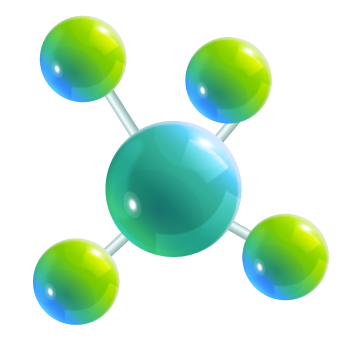
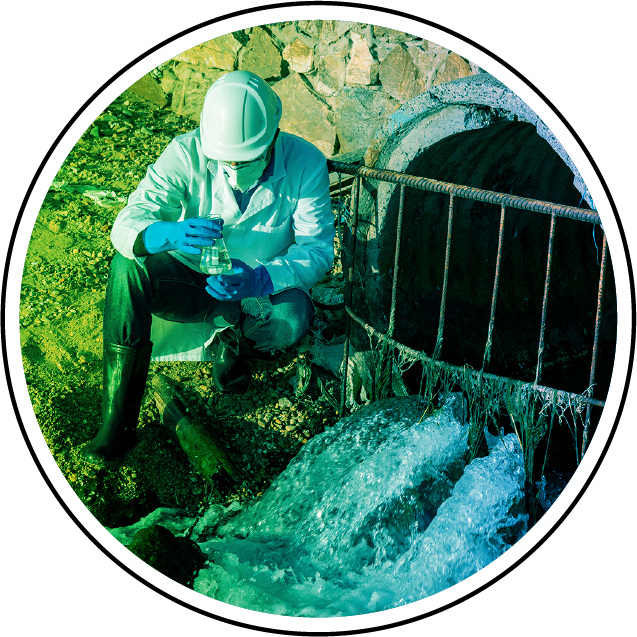
Waste Water
Analysis
Chemical Analysis – PH@25oC, Total Dissolved Solids@180oC, Total Suspended Solids@ 103oC, Biochemical Oxygen Demand (BOD-5 days), Chemical Oxygen Demand (COD), Sulfate (SO42-) Oil & Grease, Emulsified, Free Oil, Sulfide. Heavy metals: Zinc, Lead, Copper, Cadmium, Chromium, Nickel, Manganese, Arsenic, Iron, Mercury, Selenium, Cobalt, Silver, Aluminum and Total Heavy Metals.
Limit: Dubai Waste Water Discharge Limits (Max.) to Sewerage System.DM-WMD-WTS-TG-8.

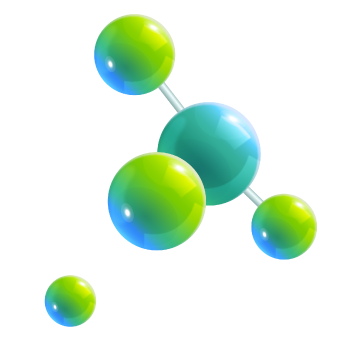

Legionella Test
for Water
Legionella bacteria are common and can be found naturally in environmental water sources such as rivers, lakes and reservoirs, usually in low numbers. Legionella bacteria can survive under a wide variety of environmental conditions and have been found in water at temperatures between 6°C and 60°C. Water temperatures in the range 20°C to 45°C seem to favor their growth.
As Legionella bacteria are commonly encountered in environmental sources they may eventually colonize manufactured water system and be found in cooling tower system, hot and cold-water system and other plant which uses or store water.
Legionella bacteria also require a supply of nutrients to multiply. This can include, for example, commonly encountered organisms within the water system itself such as algae, amoebae and other bacteria. The presence of sediment, sludge, scale and other material within the system, together with biofilms, is also thought to play an important role in harboring and providing favorable conditions in which the Legionella bacteria may grow.
Where can Legionella contamination occur?
Experience has shown that cooling towers, evaporative condensers, hot and cold-water systems, present a risk of exposure to Legionella bacteria. Other system, such as fountains and water
features, spa baths and pools, evaporative air coolers, misters, air washers, humidifiers, car/bus washes, wet scrubbers, also present a risk.
A water system includes all plant/equipment and components associated with that system, e.g. all associated pipe-work, pumps, feed tanks, valves, showers, heat exchangers, etc. It is important that the system is considered as a whole and not, for example, the cooling tower in isolation.
Legionella test procedure
An ISO17025 certified laboratory lab is always performed to test legionella water samples.
The culture method ISO 11731 is one of the best test methods used to detect legionella, The PCR test (polymerase chain reaction) is another method and The original “gold standard” method for quantitative legionella is the Direct Fluorescent Antibody (DFA) method developed in 1978 by the CDC.
Monitoring
Water quality must be tested quarterly. Sampling and testing must be carried out for the presence of bacteria, both
a) General (aerobic) bacterial species
b) Legionella bacteria.




Water Management Programs
A Legionella water management programme includes seven main elements:
- Create a Water Resources Team
- Define the water systems of construction using text and flowcharts Focus on areas that can expand and spread Legionella.
- Decide on when and how to track the monitoring steps
- Set forms in which control limits will not be reached
- Ensure that the program is usable and efficient
- Document and connect all the events
Legionella Testing Procedures
An ISO 17025 certified laboratory is always performed to test legionella water samples followed by BS 7592 sample collection procedure.
The culture method ISO 11731 is one of the best test methods used to detect legionella, The PCR test (polymerase chain reaction) is another method used and The original “gold standard” method for quantitative legionella is the Direct Fluorescent Antibody (DFA) method developed in 1978 by the CDC.
Legionella Control Methods
- Temperature It is recommended that hot water should be stored at 60 °C and distributed so that, after one minute of running, a temperature of at least 50 ˚C is attainable at outlets. Cold water storage and distribution should be at 20 °C or below.
- Ionization is the term given to the electrolytic generation of copper and silver ions for use as water treatment. The results of recent research have shown that where copper and silver ion concentrations can be maintained at 400ug/l and 40 ug/l respectively, the technique can, if properly managed, be effective against planktonic Legionella in both hot and cold water system.
- Chlorination is the process of applying any of the chlorine containing compounds such as sodium hypochlorite (bleach solution) to the water to achieve necessary destruction of all bacteria; Chlorine is widely used as an important disinfectant and bleach.
- Chlorine Dioxide is an oxidizing biocide capable of reacting with a wide range of organic substances. There are commercial system available that release chlorine dioxide from a stabilized precursor solution into water system. The main concern with chlorine dioxide are with the residual concentrations of chlorine dioxide and the by-products chlorite and chlorate. The World Health Organization Guidelines for Drinking‑water Quality (2017) indicate/ establish the health –based limit values is 0.7 ppm for both chlorite and chlorate. The WHO states that guidelines values for chlorite and chlorate are designated as provisional because use of aged hypochlorite or of chlorine dioxide as disinfectants may result in the chlorite and chlorate guidelines values being exceeded, and difficulties in meeting the guidelines values must never be a reason for compromising adequate disinfection.
- Ultraviolet light UV, and Ozone O3
The previous treatment system are effective throughout the water system downstream to the point of application. UV and O3 can be used to treat water at or very close to the point of application. To reduce the possibility of creating conditions in which the risk from exposure to Legionella bacteria is increased, it is important to control the risk by introducing measures which:a) Do not allow proliferation of the organisms in the water system, and
b) Reduce, so far as is reasonably practicable, exposure to water droplets and aerosol
Minimize Risk of Legionella in Water System
- The premise shall implement legionella control program and shall have one trained person responsible for Legionella control.
- Establish a routine maintenance and cleaning program for the water system.
- Well designed, water distribution system shall be provided, with good repair.
- All water filters shall be kept Clean and disinfected regularly, at least monthly and Water filters shall be changed periodically.
- Number of water samples, frequency of sampling and sampling points shall be complied with minimum requirements by authorities.
- Daily records of all water treatment readings such as temperature, pH, chlorine and biocides concentrations shall be kept and ensure they are checked regularly.
- Legionella Risk assessment, Sampling, Testing and monitoring documents shall be maintained all time.
- Premise shall have Flushing policy and run all taps and showers in guest rooms and other areas for several minutes to draw through water at least once a week if rooms are unoccupied, and always prior to occupation.
- Premise shall maintain hot- water hot and circulating at all times: 50°C – 60°C throughout the entire hot water system/hot water storage shall maintained at minimum temperature 60°C.
- Premise shall maintain cold-water cold at all times. It should be maintained at temperatures below 20°C throughout the system to all outlets.
- Premise shall Keep shower heads and taps clean and free from scale.
- Hot and cold water system shall be Disinfected with chlorine sufficient to produce a minimum free chlorine residual of 1-2 mg/l for 1 hours (each outlet is allowed to flow for at least 5 minutes ) (at least twice a year and if legionella is detected in the system )/pipeline Disinfection service shall be valid.
- All water storage tanks shall be cleaned and disinfected with 50mg/l chlorine at least twice per year.


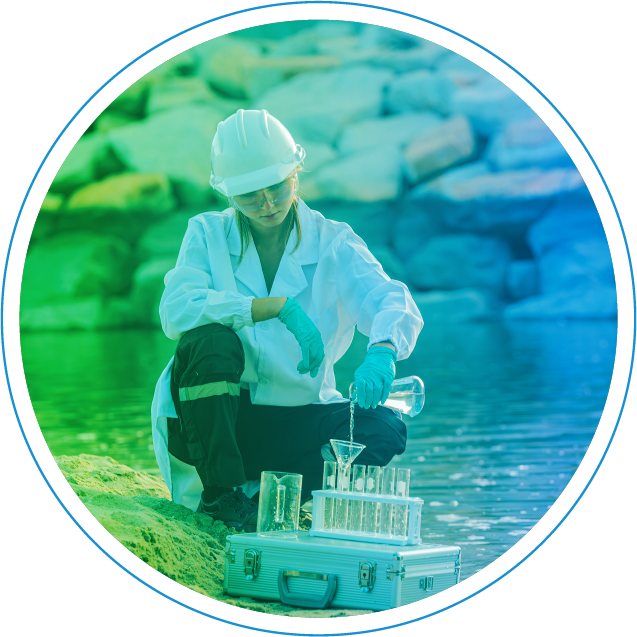
Potable Water Analysis
- Microbiology Analysis - Total plate count, E.coli, Total Coliforms and pseudomonas aeruginosa.
- Chemical Analysis - pH, Conductivity, TDS (Total Dissolved Solids), TSS (Total suspended solids), Chloride, Total Alkalinity, Total Hardness, Total Iron, Bicarbonate, Free Chlorine, Calcium, Magnesium, Sodium, Potassium and Anions.
- Legionella Analysis - Legionella. sp. Legionella serotype 1 and Legionella serotype 2-15.
- Customised test can be performed as per customer request.
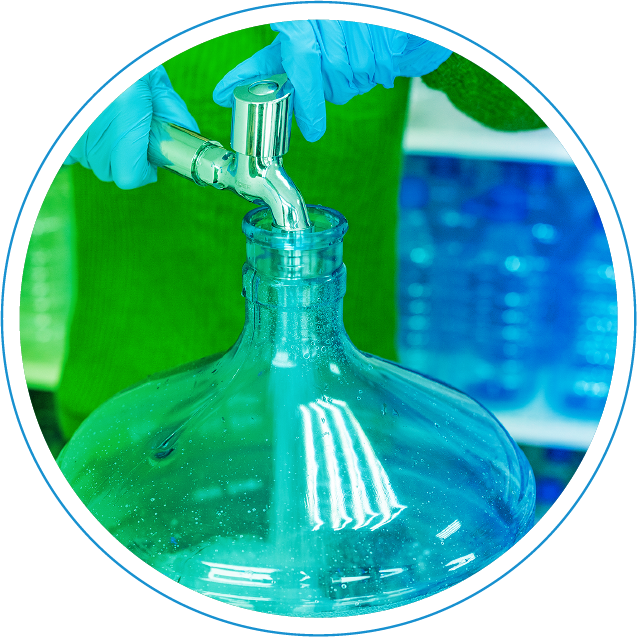
Drinking Water Analysis
- Microbiology Analysis - Total plate count, E.coli, Total Coliforms and pseudomonas aeruginosa.
- Chemical Analysis - pH, Conductivity, TDS (Total Dissolved Solids), TSS (Total suspended solids), Chloride, Total Alkalinity, Total hardness, Total Iron, Bicarbonate, Free chlorine, calcium, Magnesium, Sodium, Potassium, Bromate, Fluoride, Nitrite, Heavy metals-Zinc, Lead, Copper, Cadmium, Chromium, Nickel, Manganese, Arsenic, Silver, Cobalt, Aluminum, Selenium, Mercury.
- Legionella Analysis - Legionella. sp. Legionella serotype 1 and Legionella serotype 2-15.
- Customised test can be performed as per customer request.
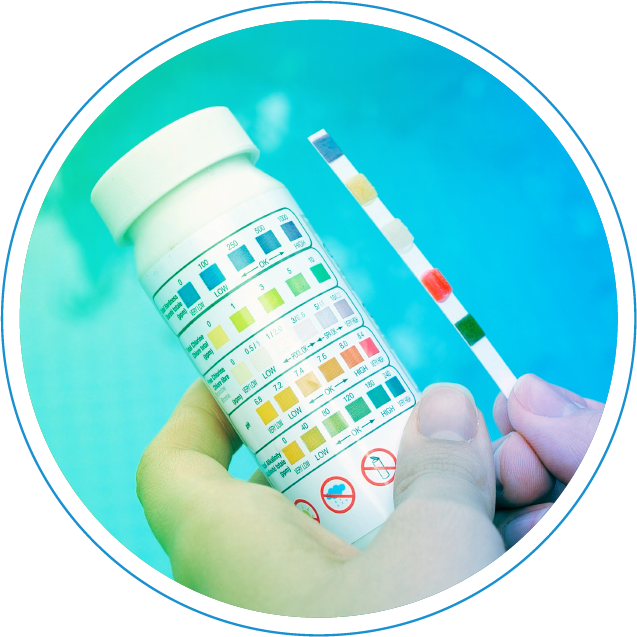
Swimming Pool or Jacuzzi Water Analysis
- Microbiology Analysis - HPC, Total coliforms, Fecal coliforms, Fecal Streptococci, Pseudomonas Aeruginosa.
- Chemical Analysis - PH@25oC, Calcium Hardness as CaCO3, Total Alkalinity as CaCO3, Free Residual Chlorine, Cyanuric Acid and Saturation Index.
- Legionella Analysis - Legionella. sp. Legionella serotype 1 and Legionella serotype 2-15.

Chiller Water Analysis
- Microbiology Analysis - TPC (Tatal Plate Count), Total coliforms.
- Chemical Analysis - PH@25oC, Conductivity@25oC, Total Dissolved Solids@ 180oC, Total Suspended Solids@103oC, Total Hardness as CaCO3, Total Alkalinity as CaCO3, Chloride, Total Iron, Nitrite as NaNO2 or Molybdate as MoO4.
- Legionella Analysis - Legionella. sp. Legionella serotype 1 and Legionella serotype 2-15. Customised test can be performed as per customer request.
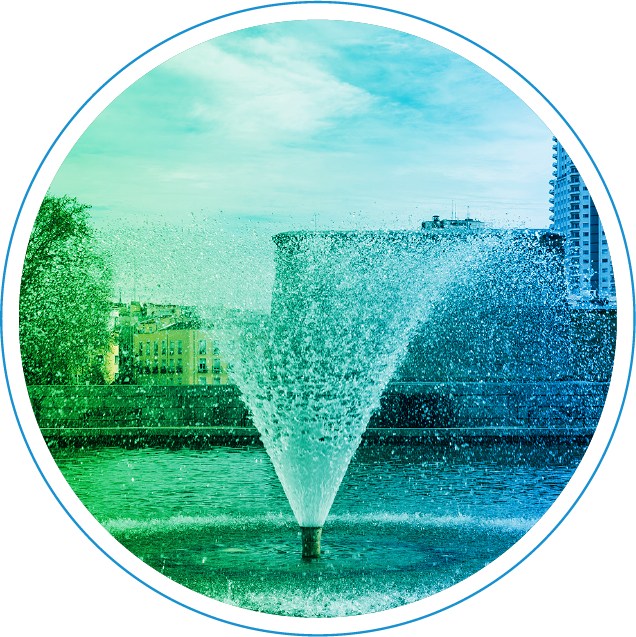
Water Feature/ Fountain Water Analysis
- Microbiology Analysis - Total plate count, E.coli, Total Coliforms and pseudomonas aeruginosa.
- Chemical Analysis - pH, Conductivity, Total Dissolved Solids Total suspended solids, Chloride, Total Alkalinity, Total hardness, Total Iron, Bicarbonate, Free chlorine, calcium, Magnesium, sodium, potassium.
- Legionella Analysis - Legionella. sp. Legionella serotype 1 and Legionella serotype 2-15. Customised test can be performed as per customer request.
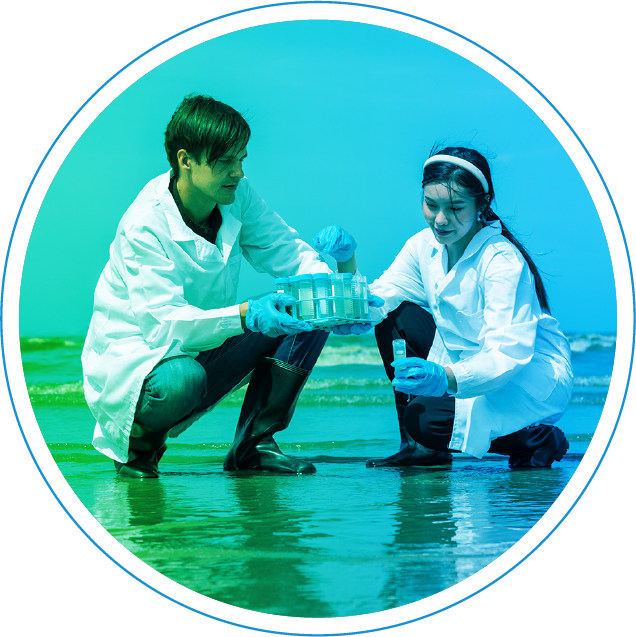
Sea Water Analysis
- Microbiology Analysis - Fecal Coliforms.
- Chemical Analysis - PH@25oC, Total Dissolved Solids@180oC, Total Suspended Solids@103oC, Chemical Oxygen Demand (COD), Biochemical Oxygen Demand (BOD)5, Salinity, Oil & Grease, Emulsified , Aluminum, Arsenic, Lead, Cadmium, Copper, Nickel, Mercury, Zinc, Total Nitrogen, Cyanide, Pesticides Compounds, Nitrate(NO3), Phosphate as P.
- Customised test can be performed as per customer request.
